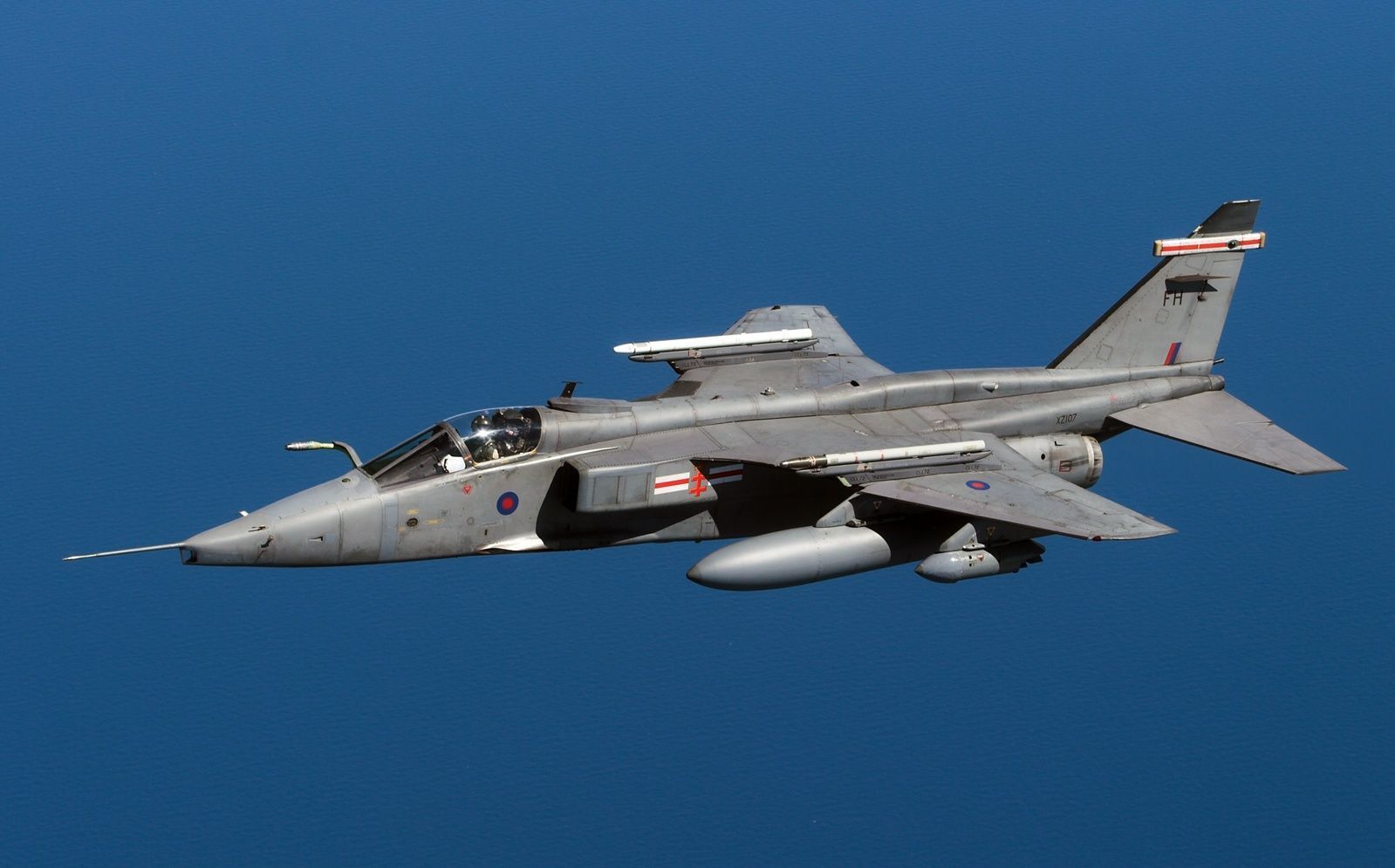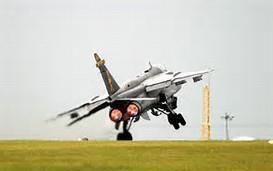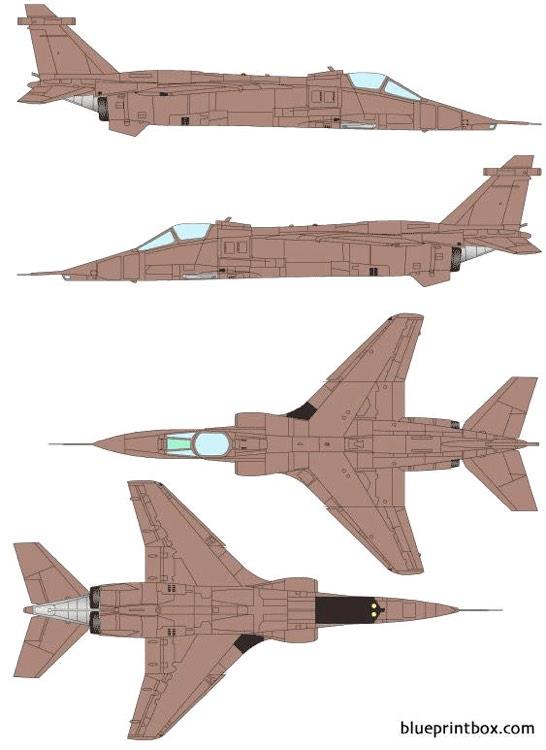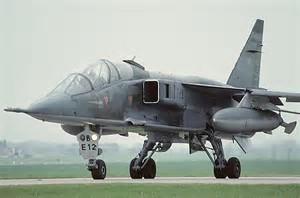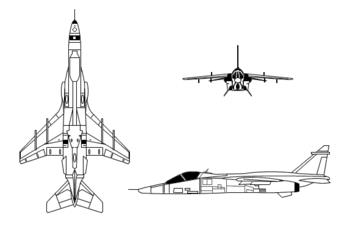S'sonic
Stealth
Menu
A free template by Lucknowwebs.com for WYSIWYG WebBuilder 8
Powered by Sispro1-S
Nigel G Wilcox
Paragon Of Space Publication
© Copyright Reserved - United Kingdom
Ideal Screen Composition 1024 x 768
SITEMAP
PSEUDO SCIENCE
SCIENCE RESEARCH
ABOUT
Desk
Supersonic
Stealth
Study
Menu
MAIN INDEX
Fastest Air Planes
Space
Transport
Menu
SEPECAT-Jaguar
SEPECAT-Jaguar
The SEPECAT Jaguar is a British-French jet attack aircraft originally used by the British Royal Air Force and the French Air Force in the close air support and nuclear strike role. It is still in service with the Indian Air Force.
Maximum speed: 1,700 km/h (1,056 mph) Range: 2,190 mi Maiden flight: 08 Sep 1968 Length: 55.22 ft Wingspan: 28.51 ft Passengers: 1
The SEPECAT Jaguar is a British-French jet attack aircraft originally used by the British Royal Air Force and the French Air Force in the close air support and nuclear strike role. It is still in service with the Indian Air Force.
Originally conceived in the 1960s as a jet trainer with a light ground attack capability, the requirement for the aircraft soon changed to include supersonic performance, reconnaissance and tactical nuclear strike roles. A carrier-based variant was also planned for French service, but this was cancelled in favour of the cheaper Dassault Super Étendard. The airframes were manufactured by SEPECAT (Société Européenne de Production de l'avion Ecole de Combat et d'Appui Tactique), a joint venture between Breguet and the British Aircraft Corporation, one of the first major joint-Anglo-French military aircraft programs.
The Jaguar was exported to India, Oman, Ecuador and Nigeria. With various air forces, the Jaguar was used in numerous conflicts and military operations in Mauritania, Chad, Iraq, Bosnia, and Pakistan, as well as providing a ready nuclear delivery platform for Britain, France, and India throughout the latter half of the Cold War and beyond. In the Gulf War, the Jaguar was praised for its reliability and was a valuable coalition resource. The aircraft served with the French Air Force as the main strike/attack aircraft until 1 July 2005, and with the Royal Air Force until the end of April 2007. It was replaced by the Panavia Tornado and the Eurofighter Typhoon in the RAF and the Dassault Rafale in the French Air Force.
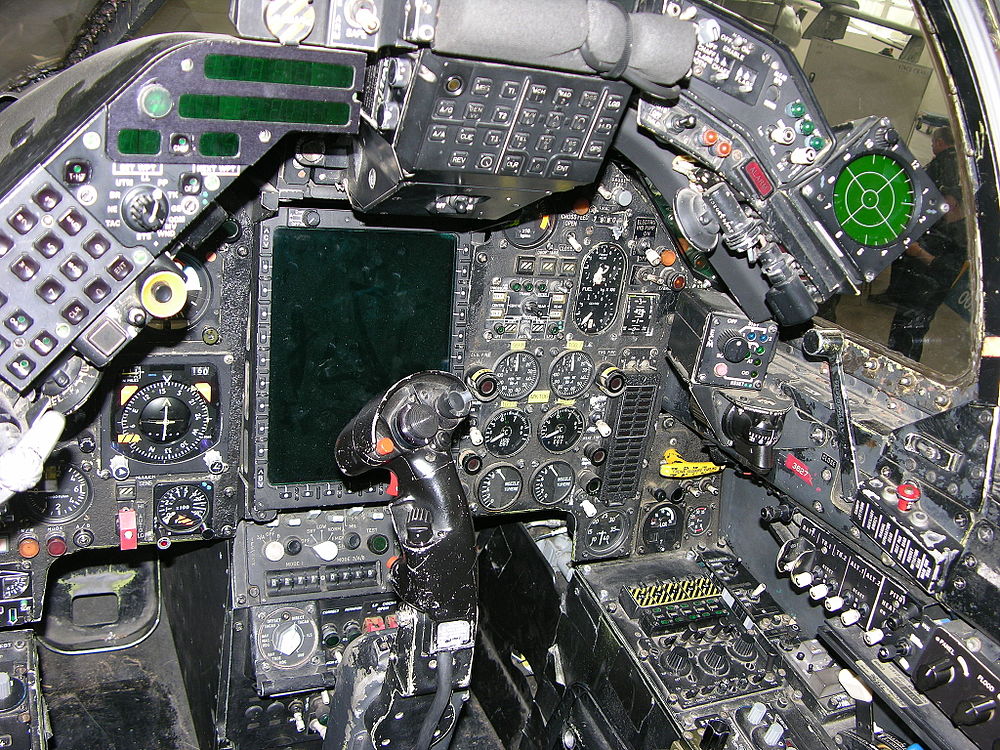
General characteristics
Crew: One
Length: 16.83 m (55 ft 2½ in)
Wingspan: 8.68 m (28 ft 6 in)
Height: 4.89 m (16 ft 0½ in)
Wing area: 24.18 m² (260.27 ft²)
Aspect ratio: 3.12:1
Empty weight: 7,000 kg (15,432 lb)
Loaded weight: 10,954 kg (24,149 lb)
Max. takeoff weight: 15,700 kg (34,612 lb)
Powerplant: 2 × Rolls-Royce/Turbomeca Adour Mk 102 turbofans
Dry thrust: 22.75 kN (5,115 lbf) each
Thrust with afterburner: 32.5 kN (7,305 lbf) each
Performance
Maximum speed: Mach 1.6 (1,699 km/h, 917 knots, 1,056 mph) at 11,000 m (36,000 ft)
Combat radius: 908 km (490 nmi, 564 mi) (lo-lo-lo, external fuel)
Ferry range: 3,524 km (1,902 nmi, 2,190 mi)
Service ceiling: 14,000 m[138] (45,900 ft)
Climb to 9,145 m (30,000 ft): 1 min 30 sec[138]
Armament
Guns: 2× 30 mm (1.18 in) DEFA cannons, 150 rounds/gun
Hardpoints: 5 (4× under-wing and 1× center-line) with a capacity of 10,000 lb (4,500 kg) and provisions to carry combinations of:
Rockets: 8× Matra rocket pods with 18× SNEB 68 mm rockets each
Missiles:
AS.37 Martel anti-radar missiles or
AS-30L laser guided air-to-ground missiles.
2× R550 Magic air-to-air missiles on underwing pylons
Bombs:
various unguided or laser-guided bombs or
2× WE177A nuclear bombs
1× AN-52 nuclear bomb
Other: ECM protection pods, Reconnaissance Pod, ATLIS laser/electro-optical targeting pod, external drop tanks for extended range/loitering time
Role: Attack aircraft
National origin: France/United Kingdom
Manufacturer: SEPECAT (Breguet/BAC)
First flight: 8 September 1968
Introduction: 1973
Retired: 2005 (France) / 2000 (UK) / 2014 (Oman)
Status: Active (India)
Primary users: Indian Air Force (current user)
Royal Air Force of Oman (historical)
French Air Force (historical)
Royal Air Force (historical)
Produced: 1968-1981
Number built: 543
Unit cost: US$8 million (2008)



